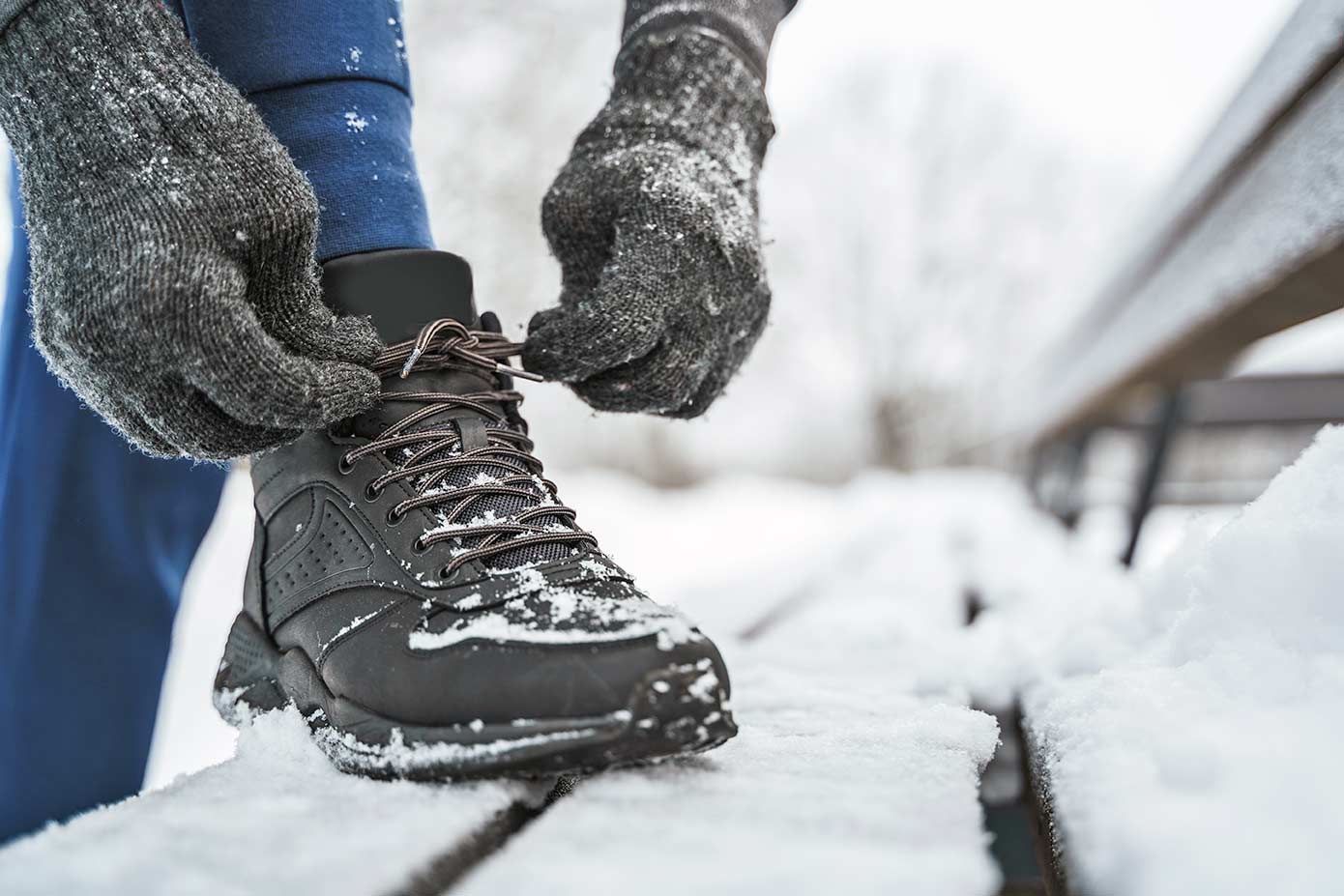
As the temperature drops and blankets of snow start to cover parts of the country, we know that winter is here. The frosty landscapes and the snowy charm of winter carry with them more than just a picturesque scene, they also bring hazards that can leave us vulnerable if the proper precautions are not taken.
Don’t freeze yourself out of preparedness, check out the tips below so you can stay #winterready.
1. Prevent fires caused by heating your home.
Although trending downward since the early 1980s, heating fires are a common cause of home fires throughout the winter. In 2021, these types of fires were the second leading cause of home fires. An estimated 32,200 home heating fires were reported to fire departments within the United States. These fires caused an estimated 190 deaths, 625 injuries and $442 million in property loss.
To prevent home heating fires:
- Keep anything that can burn at least three feet from all heat sources including fireplaces, wood stoves, radiators, portable heaters or candles.
- Always plug space heaters directly into an outlet, and make sure its cord isn’t damaged or frayed.
- Maintain heating equipment and chimneys by having them cleaned and inspected each year by a professional.
- Visit the U.S. Fire Administration Home Fires page to learn about how to prepare for and prevent home fires including tips for individuals with disabilities and older adults.
2. Prepare for power outages.
Winter storms may bring power outages that can disrupt things like communications, utilities, transportation, stores, gas stations and electrically powered medical devices. It’s important to be prepared for power outages.
- Keep freezers and refrigerators closed. Throw away any food that has been exposed to temperatures 40 degrees or higher for two hours or more, or that has an unusual odor, color or texture.
- If you use a generator, ONLY use it outdoors and away from windows.
- Do not use a gas stove or oven to heat your home.
- Disconnect appliances and electronics to avoid damage from electrical surges.
- Have alternate plans for refrigerating medicines or using power-dependent medical devices.
- Go to a community location with power if cold is extreme and you can’t heat your home.
- Familiarize yourself with your utility provider’s procedures during a power outage, including how to report an outage and how to stay informed about estimated restoration times.
3. Stay safe during winter travel.
Winter weather conditions can be harsh and unpredictable, posing significant threats to travelers, especially those traveling by car. Snowstorms, icy roads and freezing temperatures can create a dangerous environment that increases the likelihood of accidents and emergencies.
Being prepared can help you “expect the unexpected” so your trip isn’t ruined by common problems travelers face in the winter.
- Make sure your vehicle is in good working order before you travel.
- Install good winter tires and make sure they have enough tread, or any chains or studs required in your local area.
- When driving, increase your following distance from 3-4 seconds to 5-6 seconds. It takes longer to slow down and stop on icy roads.
- Every vehicle should have an emergency supply kit in the trunk. Kits should be checked every six months and expired items should be replaced regularly.
- Keep family and emergency phone numbers, including your auto insurance provider and a towing company in your phone.
- If stranded, run the engine for about 10 minutes per hour to run the heater and charge your cellphone. Open a window slightly to let fresh air in and avoid carbon monoxide poisoning.
4. Make a plan for your specific needs.
Consider any unique needs you have when making a plan.
Do you need low-cost tips for keeping your home warm?
To save on heating bills, close room doors for the areas you are not using. Also, close vents and keep basements doors closed. Place a rolled towel at the bottom of al doors to keep drafts out. About 30% of a home’s heating energy is lost through its windows, consider using an inexpensive window insulation kit that creates an airtight seal around windows. Visit the LIHEAP Map State and Territory Contact Listing to review eligibility requirements and see if you qualify for home heating assistance.
Are you an older adult?
Use the worksheets and checklists in the Take Control in 1, 2, 3—Disaster Preparedness Guide for Older Adults to create your plan, then add it to your emergency kit or put it on your refrigerator as a visible reminder that you are prepared.
Engage your support network if you need help clearing ice and snow from your property so you can keep outside walkways and steps clear of snow and ice. Have the name and contact information of a nearby family member or friend who can regularly check in on you.
Do you work outside or frequently do outdoor sporting activities?
Be careful if you spend time outdoors, including for work. Always have a fully charged cellphone and carry a portable recharger, if possible. When outside, wear several layers of loose clothing, protect your ears, face hands and feet in cold weather. Carry cold weather gear, such as extra socks, gloves, hats, jacket, blankets, a change of clothes and a thermos of hot liquid.
Being prepared is more than just having a pantry full of hot chocolate and a closet full of blankets, it’s about taking the necessary steps to avoid the hazards that winter brings so we can safeguard ourselves and those we care about. Start your #winterready efforts today.
For more information, visit #WinterReady | Ready.gov.

